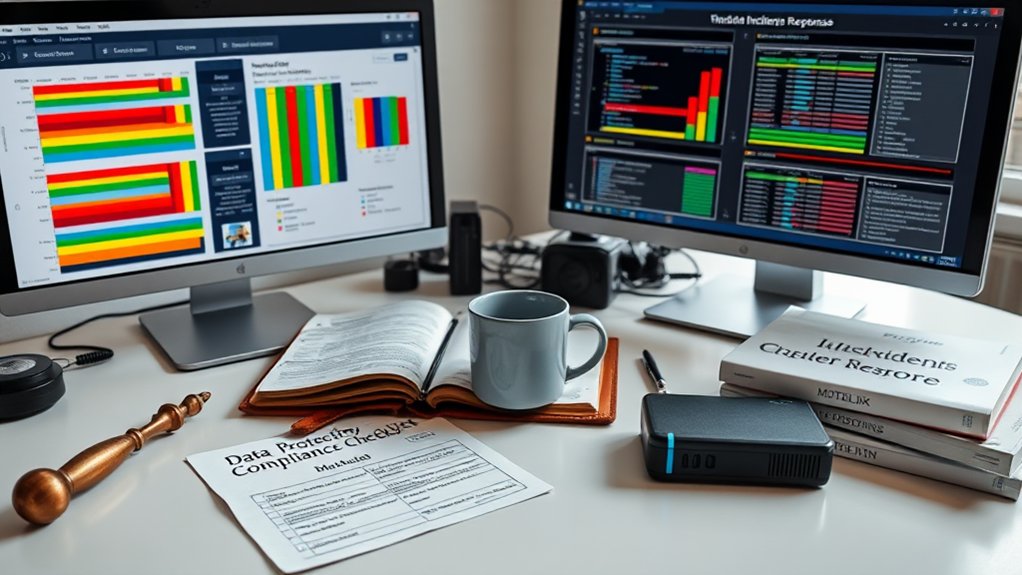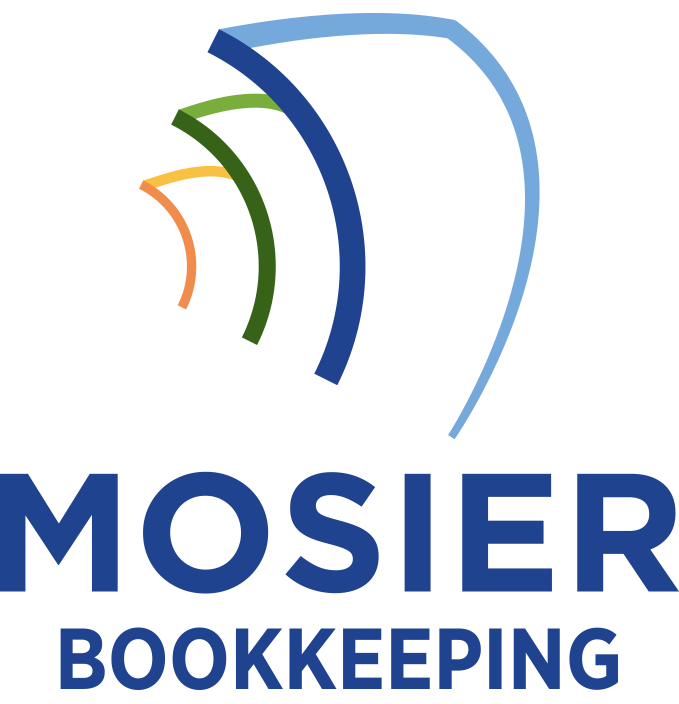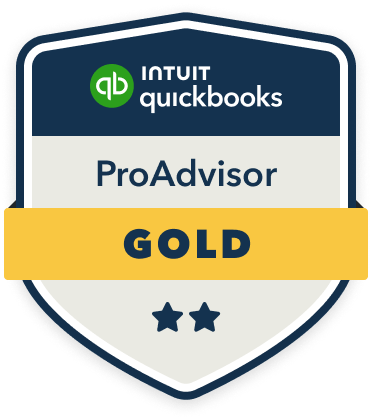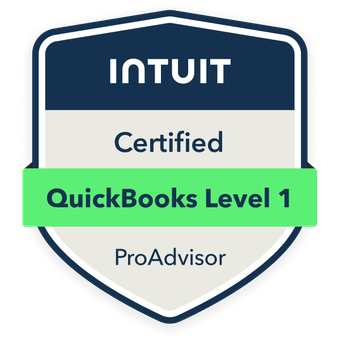Data protection bookkeeping offers five critical benefits I’ll outline for you: enhanced regulatory compliance with exhaustive audit trails, clear visibility into security investment ROI through quantifiable metrics, streamlined incident response protocols with detailed recovery tracking, data-driven risk assessment capabilities for threat prioritization, and improved stakeholder trust through transparent documentation. These systematic record-keeping practices help you demonstrate compliance, optimize security measures, and strengthen your overall data protection framework. Let’s explore how each benefit directly impacts your organization’s security posture.
Enhanced Regulatory Compliance and Audit Readiness

Nearly every organization handling personal data must maintain exhaustive records to demonstrate compliance with data protection regulations. I’ll show you how proper bookkeeping transforms regulatory compliance from a burden into a strategic advantage. By implementing systematic record-keeping, you’ll create an audit trail that proves your data protection measures, documents incident responses, and tracks privacy impact assessments.
When auditors arrive, you’ll have ready access to processing activities, data transfers, and consent management records. This preparation positions you to respond confidently to regulatory inquiries and demonstrates your commitment to accountability principles. You’re building a compliance framework that protects both your organization and stakeholder interests.
Clear Visibility Into Security Investment ROI
Tracking your data protection investments through meticulous bookkeeping practices enables precise ROI calculations and performance metrics. I’ll help you quantify both direct cost savings from prevented breaches and indirect benefits like enhanced customer trust. By maintaining detailed records of security expenditures, incident responses, and mitigation outcomes, you’ll demonstrate the financial impact of your cybersecurity program.
You’ll gain powerful insights into which security measures deliver the highest returns, allowing you to optimize resource allocation and justify future investments to stakeholders. This data-driven approach transforms security from a cost center into a measurable business driver, strengthening your position in budget discussions.
Streamlined Incident Response and Recovery

When security incidents occur, proper bookkeeping practices enable rapid response and systematic recovery procedures. I’ve found that maintaining detailed records of security events, incident response protocols, and recovery timelines allows me to initiate immediate containment actions while ensuring regulatory compliance. By tracking incident patterns, remediation costs, and recovery metrics, I can optimize my response strategies and minimize business disruption. I leverage this data to strengthen my incident playbooks, validate my business continuity plans, and demonstrate due diligence to auditors. Clear documentation also helps me identify recurring vulnerabilities and implement targeted controls to prevent future breaches.
Data-Driven Risk Assessment and Management
Effective risk assessment relies on extensive data analysis to identify, measure, and prioritize security threats. I’ll show you how to leverage your bookkeeping data to gain a commanding position over your risk landscape.
| Risk Factor | Impact Level | Control Action |
|---|---|---|
| Data Breach | Critical | Encrypt All |
| Access Risk | High | MFA Required |
| System Down | Medium | Redundancy |
| Data Loss | Critical | Backup Daily |
Improved Stakeholder Communication and Trust

Clear data protection records serve as the foundation for building and maintaining stakeholder trust. I’ve found that detailed bookkeeping enables me to provide stakeholders with precise, data-driven evidence of our compliance efforts and security measures. When I share documented metrics, incident response records, and audit trails, I strengthen their confidence in our data protection framework.
I leverage these records to demonstrate ROI to executives, validate compliance to regulators, and reassure customers about their data’s security. My systematic documentation of controls, breaches, and remediation actions creates transparency that transforms stakeholder relationships from uncertainty to informed trust.








